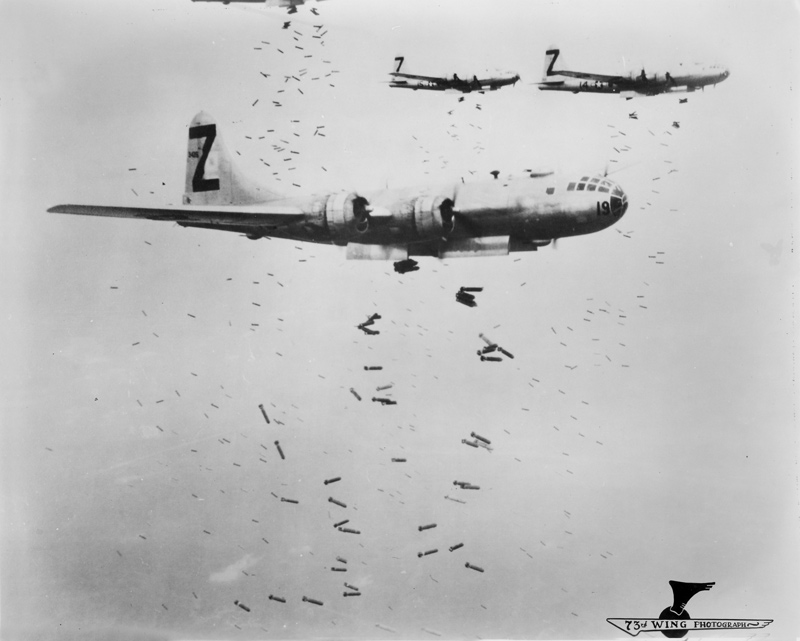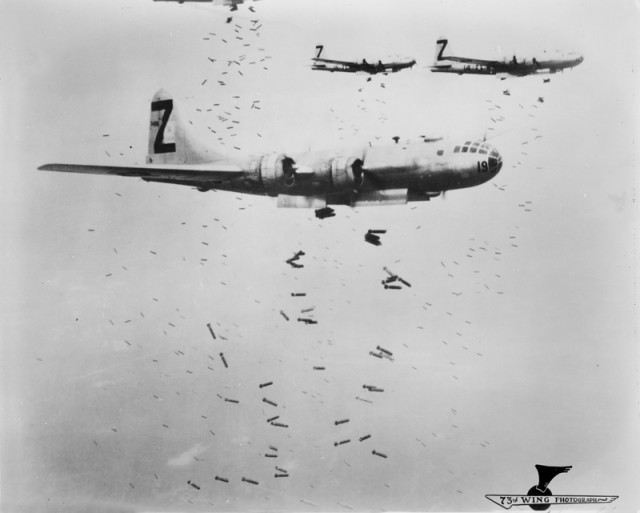Seventy years ago this March, Allied forces began the air raid bombing of Tokyo.
The air raids weren’t a new tactic since the Allies had been undertaking numerous bombings on the Japanese mainland in an ongoing campaign to get the Japanese to surrender.
But in March 1945 the damage caused by the intense bombing was unparalleled. The fires resulting from the bombings destroyed almost 10,000 acres of the city. To put the attack into context, the German Luftwaffe had destroyed one single square mile of London during the Blitz in 1940, whereas this attack in the final months of the war on Tokyo destroyed around 15 square miles.
As American troops captured the island of Iwo Jima, it gave the US military a crucial airfield from which to launch more intensive attacks on the Japanese mainland. Aircraft were also flying in from Saipan, Tinian and Guam.
Hundreds of planes carrying a few tonnes of bombs each headed for the Japanese capital and ended up dropping around 700,000 bombs. Japan had anti-aircraft defense systems in place but they were set at a higher altitude than that of the bombers which flew a lower level.
The other factor that intensified the bombing was that the type of bomb had changed. The US was now using the M-69 bomb. The M-69 was a pipe filled with gasoline jelly enhanced with napalm, which had been developed by petrol giant Esso. Napalm ensured that the fires created by the bombs, once they hit their target, was at the highest possible temperature and were more difficult to extinguish than those caused by regular bomb devices.
The bombs were dropped in clusters of between 14 and 38, and had a delayed detonation that would explode a few seconds after landing on the ground. This ensured that the M-69 had maximum impact and hurled numerous fireballs for 100 yards from its landing position and creating multiple fires.
Exasperating the intense fire bombing was the fact that the buildings in Japan’s metropolitan cities, including Tokyo were mainly built using flammable materials. So the fires spread easily, devastating not only people, but the infrastructure and buildings across the city.
On the particular day that the bombing raid took place the weather conditions were also particularly favourable for the US strike. There was little wind and visibility was excellent, the TIME reports.
The death toll from the bombing raid equalled that of the atomic bombs that would hit Japan a few months later, demonstrating the ferocity of the attack.

